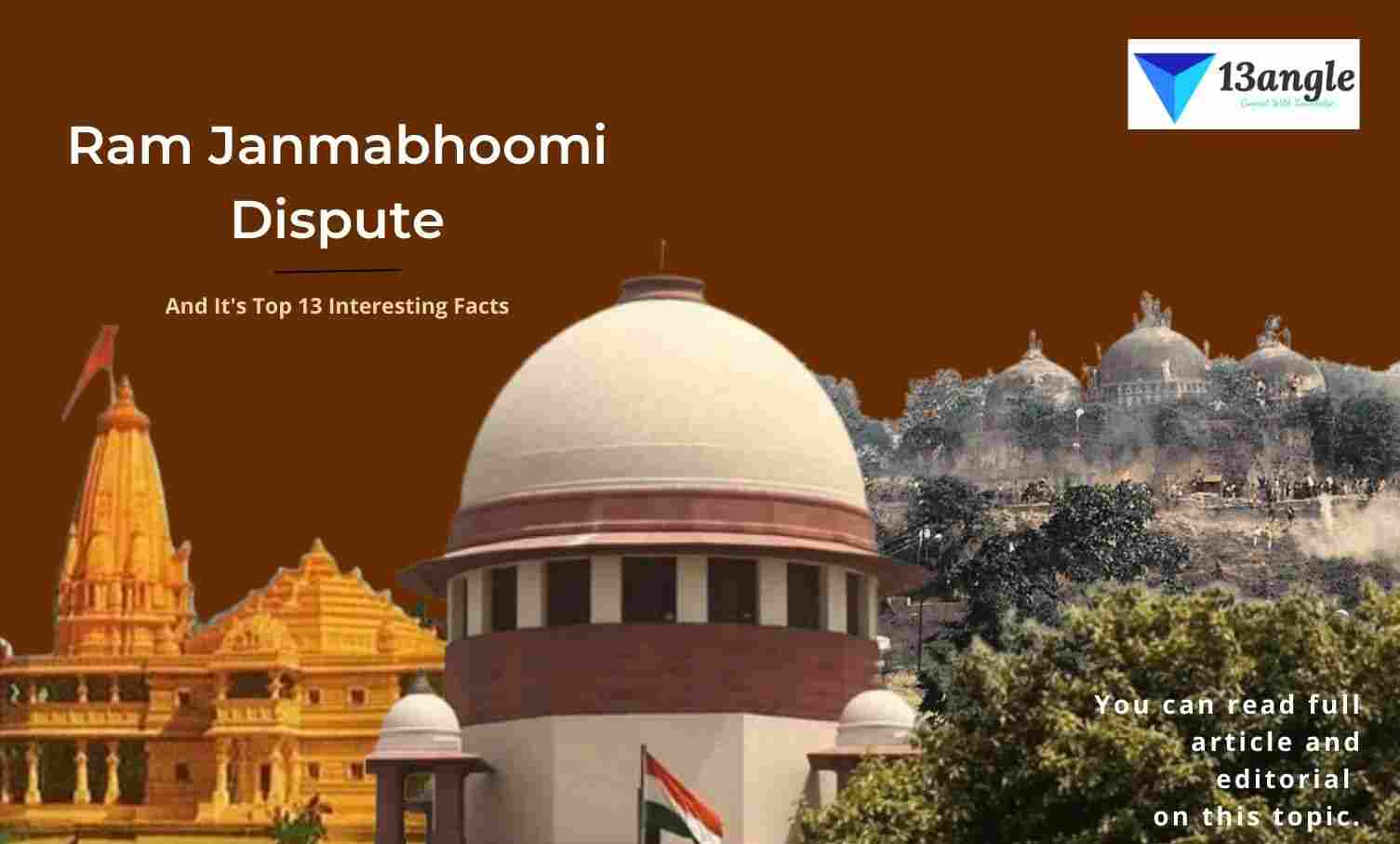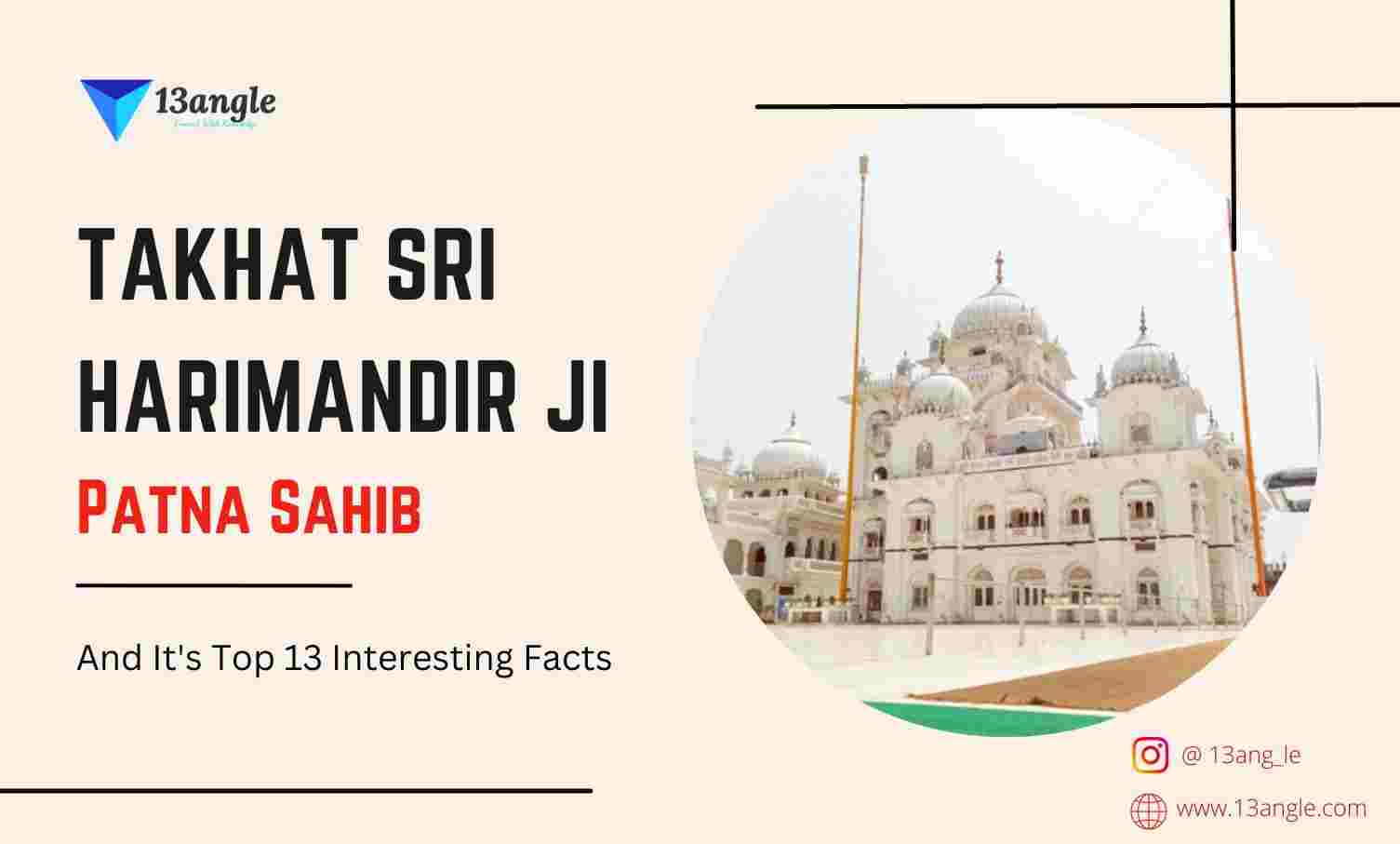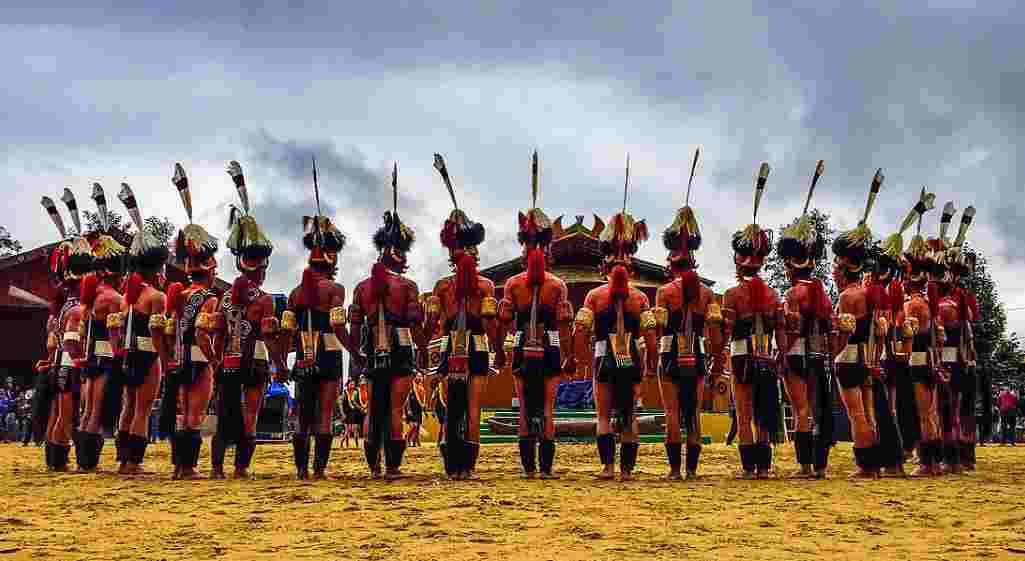
Introduction
Hornbill Festivals are held at Naga Heritage Village, Kisama which is situated 12 km far from Kohima, it is held from December 1 to December 10, where all the 16 tribes come together to celebrate this festival, which is organized by the State Tourism and Art & Culture Departments, the Hornbill Festival showcases their culture and traditions.
Nagas of Nagaland will perform their traditional dance, folk songs, and some indigenous games and sports during the Hornbill Festival.
60% of the population of Nagaland depends on agriculture hence most of their festivals revolve around agriculture.
The Nagas will consider their festivals sacred, so participation in these festivals is mandatory.
Celebrities from the film industry are excited to watch this festival, especially their performances.
Without a doubt, Hornbill Festival is Nagaland’s greatest and most rambunctious holiday. Also, you would land head-first into this celebration of music, dance, expressions, and so forth! There is no lack of activities at the Hornbill Festival.
The shows start at around 9.30 AM and the request for occasions are pretty much something very similar. The shows, music, and tribes usually change daily. We think 3 to 4 days are enough to get a good experience of the Hornbill Festival. So here is your must-do list of things at the Hornbill Festival.
Government Initiatives And History Of Hornbill Festival
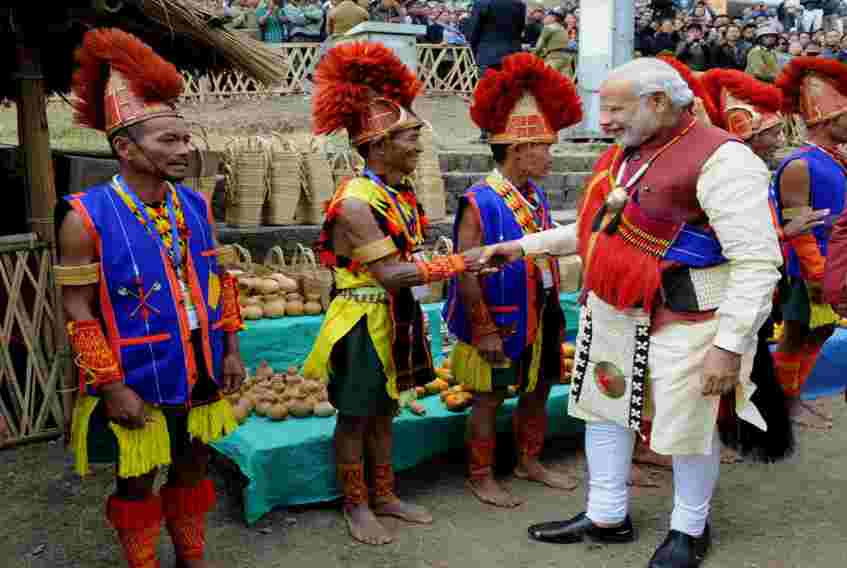
The festival is celebrated every year in the first week of December to preserve, protect and revive the uniqueness and richness of the Naga heritage.
It is not an ancient festival, and it was started in the year 2000 to popularise Nagaland among tourists and to create awareness harmony between different tribes.
The message from the prime minister: – India is not developed until the North-East develops.
Purpose Of The Festival Celebration
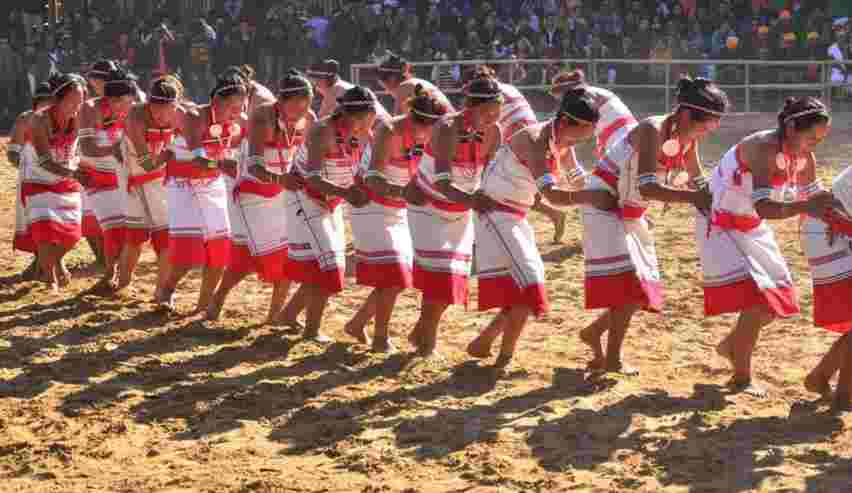
This festival is celebrated mainly to pay homage to the hornbill.
The main intention of this festival is to unite, celebrate happiness, protect the rich culture of Nagaland and showcase its traditions.
The visitors get an opportunity to explore the food, songs, dances, and customs of Nagaland.
At this festival, there are various traditional exhibitions, stalls of art and craft items, food stalls, fashion shows, traditional archery, Naga wrestling, indigenous games, etc
A Visit To Hornbill Festival
Visit this festival is worth it.
It is a must-visit festival in one’s lifetime.
If you visit the festival, you will feel the natural real India.
Wandering around the Mornings is maybe everything thing that you can manage at Hornbill Festival. The best opportunity to visit them is an early morning not long before the beginning of exhibitions. That is the ideal opportunity for the entertainers to get spruced up and you can get a few beautiful pictures. Yet, if it’s not too much trouble, ask them before taking any photos. However you will see an enormous number of photos on the ground, authorization for photos is not appreciated.
Here Are Some Benefits Of Visiting The Hornbill Festival

It’s a must-visit place where you will witness the cultural contours of disparate naga tribes with their rich traditions and practices.
At this festival, you can get to see traditional dances, songs, handicrafts, art, and a host of other activities to do and see the things happening there.
You can also get to see the World War II heritage site, it is worth visiting this festival guys.
Here Are Some Additional Attractions Of This Festival Mentioned Below
- Konyak fire-eating demonstration, Hornbill Ball, Hornbill national rock contest, Hornbill literature festival, Hornbill global film fest, Pork eating challenge, Naga king chilli eating challenge, and many more.
All about the tribes:
The Hornbill Festival is a wonderful opportunity to meet the tribes, interact with them, tour their villages, and be wowed by their warm hospitality and kindness. Not to mention the festival’s fun, where you’ll be drinking, eating, singing, dancing, and generally having a good time. Again, don’t be afraid to approach tribal people if you want some of the best Hornbill Festival Photos.
At Hornbill, each tribe has its own specialized traditional Morung, where they perform traditional dance and sell local delicacies. Don’t be shy about trespassing or photographing them as they dress up (though do respectfully!).
1. Khiamniungan tribe:
Traditional Khiamniungan costume comprises vivid red and bright deep blue colored dresses with cowries as embellishments.
2. Yimchungru tribe:
The Yimchungru tribe is another important Naga tribe that lives in Nagaland’s Tuensang district and Burma’s borderlands.
3. Konyak tribe:
- The Konyak tribe, often known as the headhunters, is the most well-known of all the tribes.
- The Konyak tribe had a reputation for being formidable warriors who frequently assaulted adjacent villages of other tribes and took great satisfaction in capturing the heads of opposing warriors as trophies to hang in the Morung until as recently as 1969.
- Konyak’s wife will carve a tattoo on his body for each head he takes.
- The stronger the reputation, the more tattoos there are.
4. Agami tribe:
A display stall weaving and selling the traditional hats, dupattas, and many more handmade items of the Agami tribe living in and around the Kohima district.
Top 13 Interesting Facts About This Hornbill Festival
It is not an ancient festival; it was started in the year 2000 to create awareness among the people.
Hornbill Festival is celebrated in Nagaland to encourage inter-tribal interaction throughout Nagaland.
The festival is considered the “Festival of Festivals” in Nagaland.
The festival is usually on every year from December 1 to December 7. However, from 2013 onwards it was extended for a few extra days. It now concludes on December 10.
Prime Minister Narendra Modi inaugurated this year’s festival on December 1, 2014.
Nagaland is made up of 17 beautiful tribes that can be distinguished by their unique jewelry and clothes. Every one of these tribes is on the center stage with their amazing songs and dances.
The beauty and culture of the tribes cannot be seen anywhere else in India. Nagaland offers a glimpse of their tribal culture where different tribes are seen in their traditional attire. For the tribes, festivals are sacred and that is the reason why their taking part in these festivals is important.
They celebrate their tribal culture through dancing and singing that comes naturally to the tribal people of Nagaland.
Bollywood producer-director Prakash Jha was here this year. “This festival, I wish, must become popular with all Indians,” he said. “It reflects unity in diversity and this is real India.”
The popular singer, composer, and producer A R Rahman wanted to rewatch the performance of the Trible people.
During this festival, the biggest Rock Festival is also hosted in Kohima every year.
On your visit to Nagaland especially for the hornbill festival, you can also visit the museum to explore their ancient traditions.
The night bazaar during the festival allows tribal people to come together and enjoy the finest delicacies signifying their culture.
Some FAQs Or Also Ask Question
Why Hornbill festival is celebrated?
It is celebrated to get united among Nagas and share their happiness, talent, and respect for the traditions.
What is the Hornbill festival?
It is a festival that is completely dedicated to the Bird, The Naga people’s favourite bird, the hornbill, is the festival’s leitmotif. Hornbills are now endangered in the wild due to deforestation. The tribes express huge respect towards this bird through their performances at the festival.
What is Hornbill?
Hornbills are the birds found in tropical and subtropical Africa and Asia; In India, the north-eastern region has the highest diversity of hornbill species.
Why visit the Hornbill festival?
People visit this festival to explore, learn, and experience the lifestyle of tribal people, their food habits, culture, and traditions which are unique among them.
How many tribes have been involved in this festival?
There are 17 tribal communities involved in this festival namely- Konyak Naga, Angami Naga, Ao Naga, Chakhesang Naga, Lotha Naga Phom Naga, Garo, Khiamniungan, Sumi, Kuki, Sangtam, Khiem Hungama, Rengmas, Yimchunger, Zeliangs, etc.
What is the dress code (or) attire for the Hornbill festival?
The Government of Nagaland has stated a specified dress code, The bird is symbolically displayed in traditional tribal headgear.


